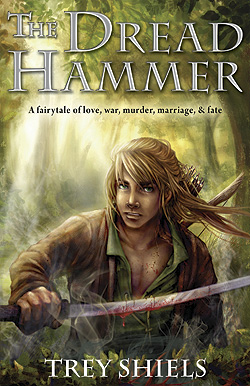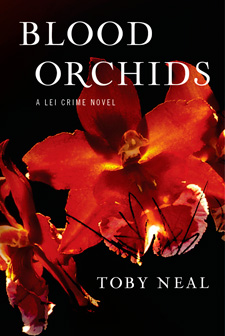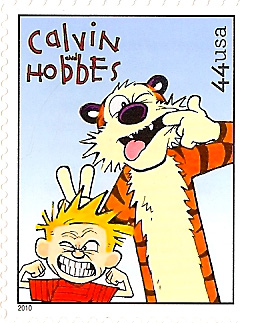Re-Thinking Cover Art: The Cover Concept
Wednesday, November 30th, 2011In the last post I talked about the current cover for my fantasy novel The Dread Hammer and why I’m now in the process of replacing that cover. This time I wanted to talk a little more about the actual process of coming up with a cover concept.
As the publisher of this book, I feel it’s my responsibility to give the artist some guidance on the cover. Unfortunately, I’m not an artist, but we do what we can, we do what we must.
My strategy is this: I develop some sort of a concept in my head. Sometimes, (rarely), I already know what I want. Other times, I go to Amazon or Goodreads, and look at hundreds of covers, picking out relevant ones with some aspect that appeals to me. This is how I came up with an initial concept for the new Dread Hammer cover.
One option I never consider is a complex, highly detailed scene, such as an alien cityscape. There are three reasons for this. First, it would be impossible for me to visualize such a scene well enough to describe it to the artist, and also, I couldn’t afford to pay her for the amount of work involved. Finally, since my books are primarily sold online, the detail and artistry would be lost within the thumbnail. So I make it a point to use large, fairly simple concepts.
Once I have a concept in mind, I go out on the Internet and try to find images that convey some piece of that concept. Sometimes these images are from stock photo sites, sometimes they’re from Google image searches. All of them are placeholders. Using Photoshop, I cut out the parts I want and paste them together, twisting, bending, stretching, and re-coloring as it strikes my fancy. It’s the electronic version of pasting together magazine photos like kids do in school. I’m not a visual thinker, so I really need to see things laid out to decide if an idea is going to work or not. None of these images will appear in the final product, so copyright is safe.
The huge drawback of this method is finding relevant images to work with. I have abandoned concepts because I can’t find the right images and so have no way of illustrating the idea in my head. But we do what we can.
In the past, I haven’t gone looking for a lot of feedback during this developmental phase, but this time around I’ve been showing these mockups to people, and the feedback has been enlightening–and frightening. Everyone has a different opinion on what works and what doesn’t. Opinions from people who’ve read the book are entirely different from people who haven’t.
Amusingly, the most consistent point of contention is the weapon to show on the cover. Since it’s stated in the back cover copy and in the first few pages of the book, I don’t think it’s a spoiler to say that the Dread Hammer is a god, not a weapon, while our violent protagonist, Smoke, uses a sword by choice. Naturally, I want to include a bloody sword on the cover, but several people want to see a war hammer instead, since it matches the title. Oh, conundrum!
Soon, I’m sure, I’ll come up with an acceptable idea. Then the concept gets handed off to the artist who will take my sorry little mockup as a jumping-off point to create an original piece of art . . . and then we get to do it all over again for the sequel, Hepen the Watcher.
Next time: Using “royalty free” stock photos.









 Toby Neal is a friend of mine and a fellow Maui writer who has just published her first novel.
Toby Neal is a friend of mine and a fellow Maui writer who has just published her first novel.
 Thanks to some concentrated
Thanks to some concentrated